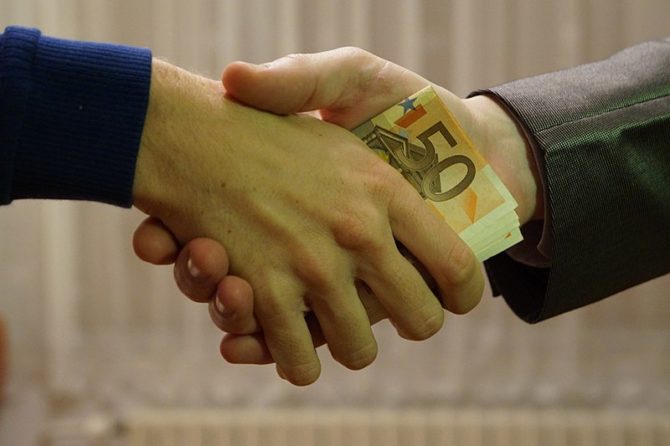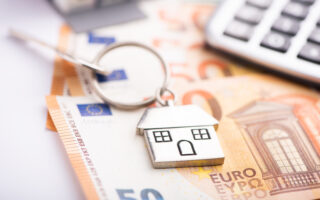What are negative interest mortgages?

Ever since the recession banks have had to innovate more than ever to win back public trust and convince people to make investments. One of the most surprising recent moves has been by Danish bank, Jyske Bank, who have announced a new negative interest mortgage. But what does this really mean? And how is it even possible?
What is a negative interest mortgage?
In the most basic terms, with a standard repayment mortgage the homeowner pays a deposit, chooses a repayment period and is offered an interest rate. The deposit, along with any fees and dues for the arrangement of the mortgage, are paid before the buyer takes ownership of the property and starts repaying the mortgage on a monthly basis. These monthly payments are partly comprised of the loan amount on the house and the interest. Usually the first few years’ payments are a higher proportion of the interest than the capital. Ultimately the homeowner will pay a good deal more than the purchase price of the house over the repayment period. The longer the repayment period, and the higher the interest rate, the more the homeowner will pay.
With a negative interest mortgage, the bulk of the process is the same, except a buyer opting for a 10 year repayment period will be eligible for an interest rate of -0.5%. This means that over the course of the repayment period their remaining debt will be reduced by more than they pay, month on month.
Does this mean the buyer will end up paying less than the purchase price over the course of the repayment? Sadly this is extremely unlikely, as the arrangement fees will outweigh the difference over time, but it will certainly bear out to less of a total repayment than a 0% or positive interest mortgage, so for anyone eligible it appears to be a worthwhile option. Unfortunately its availability is limited to buyers in Denmark who want a 10 year mortgage.
What are the downsides?
Well, this mortgage has come into existence because of the state of banking in Denmark and the rest of Scandinavia, where interest rates have been in freefall for a while. This idea is born from some pretty dire straits which mean there is a slight chance that negative interest rates may start applying to banking deposits too, unless the situation improves.
Can I get a negative interest mortgage?
There is no suggestion that any other international banks are considering putting a negative interest mortgage on offer any time soon. According to Alistair Lockhart, our Property Director here at FrenchEntrée, “This is an astonishing turn of events, and particular to Scandinavia. Although we regularly see fixed-term mortgages in France under 2%, which are already very competitive, there is no sense (yet) that French banks will follow suit with negative interest rates!”
The good news is that while you might not be able to get a negative interest mortgage on the French property of your dreams, there are plenty of offerings out there, and property prices in France are still extremely attractive.
Negative interest mortgages are still in their infancy and only time will tell if they’re the next big thing in lending or a blip on the radar. If you want to know more about the mortgage choices available for the purchase of properties in France, get in touch with our team today.
Share to: Facebook Twitter LinkedIn Email
Leave a reply
Your email address will not be published. Required fields are marked *



